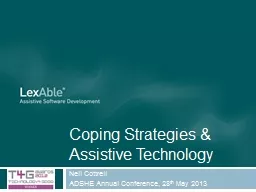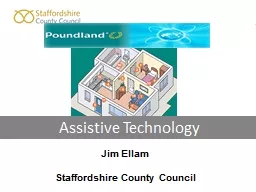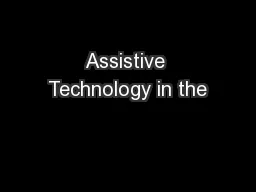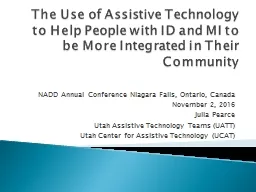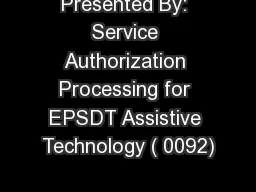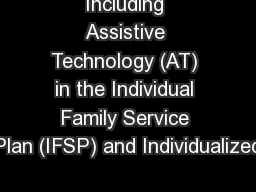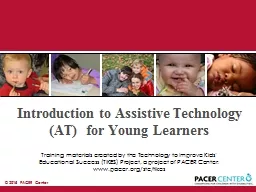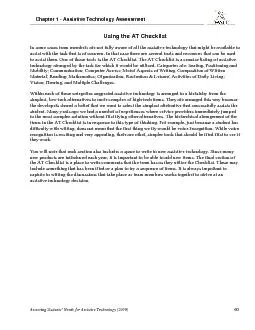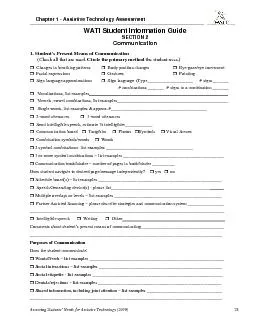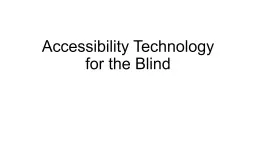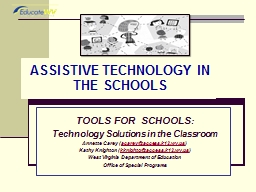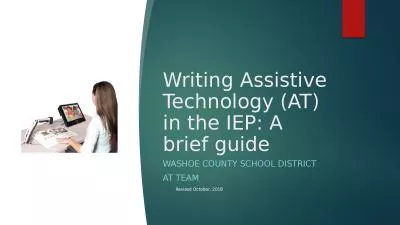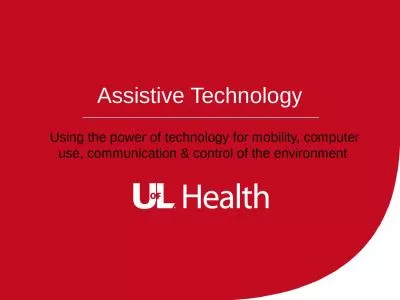PPT-1 A Crash Course on Assistive Technology Evaluations Kyle Slough, MS., CRC
Author : celsa-spraggs | Published Date : 2019-11-05
1 A Crash Course on Assistive Technology Evaluations Kyle Slough MS CRC Kgsloughlivecom Marie Agius MS LCAS CRC Dotym07studentsecuedu Melissa Engleman EdD E nglemanmecuedu
Presentation Embed Code
Download Presentation
Download Presentation The PPT/PDF document "1 A Crash Course on Assistive Technology..." is the property of its rightful owner. Permission is granted to download and print the materials on this website for personal, non-commercial use only, and to display it on your personal computer provided you do not modify the materials and that you retain all copyright notices contained in the materials. By downloading content from our website, you accept the terms of this agreement.
1 A Crash Course on Assistive Technology Evaluations Kyle Slough, MS., CRC: Transcript
Download Rules Of Document
"1 A Crash Course on Assistive Technology Evaluations Kyle Slough, MS., CRC"The content belongs to its owner. You may download and print it for personal use, without modification, and keep all copyright notices. By downloading, you agree to these terms.
Related Documents


